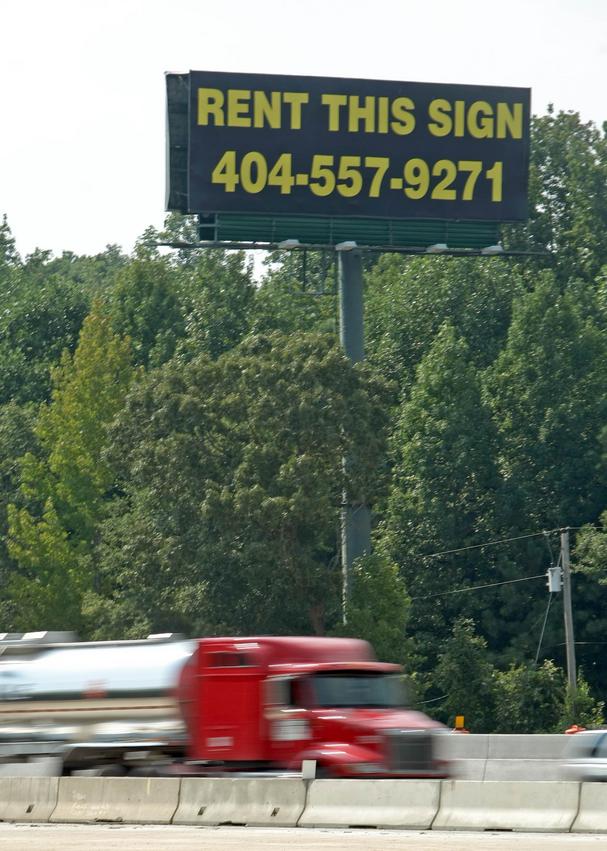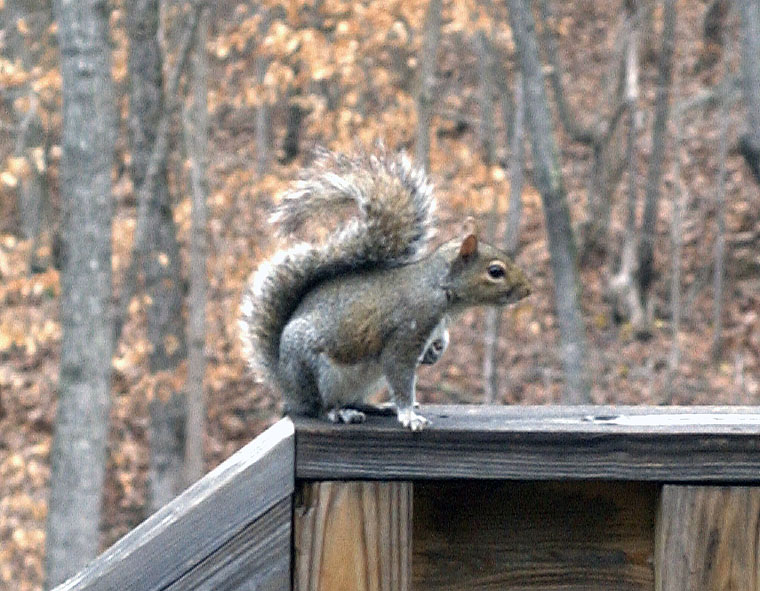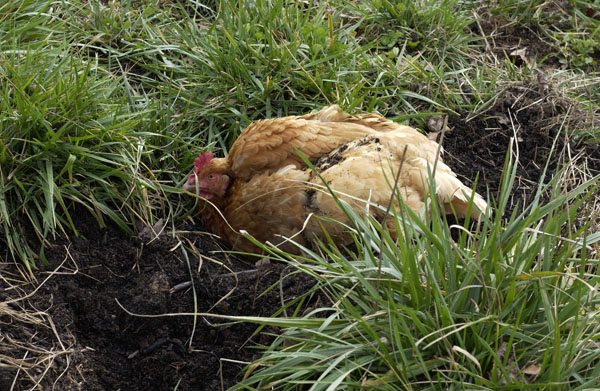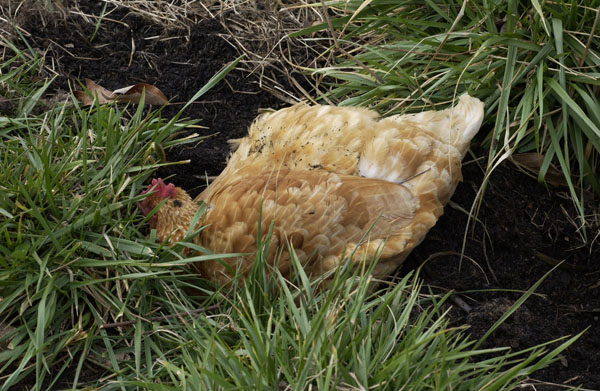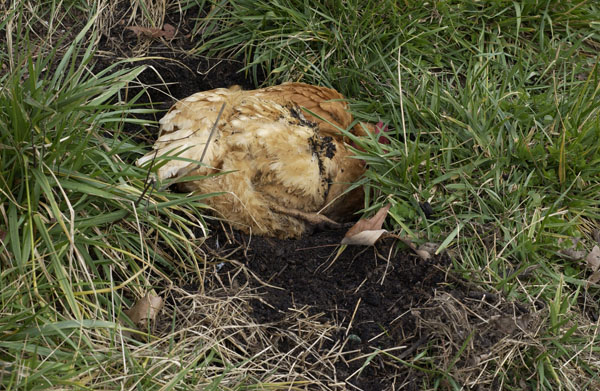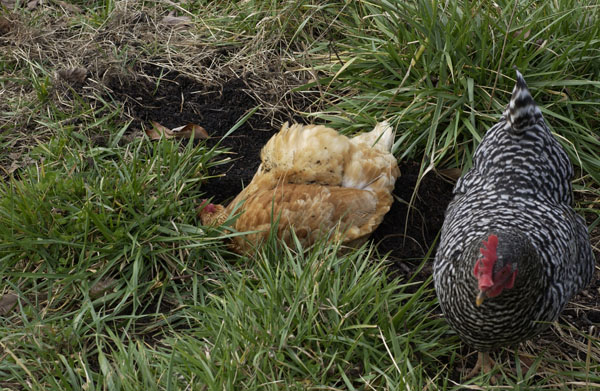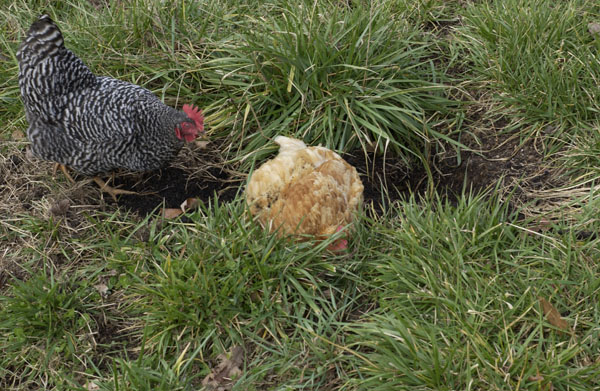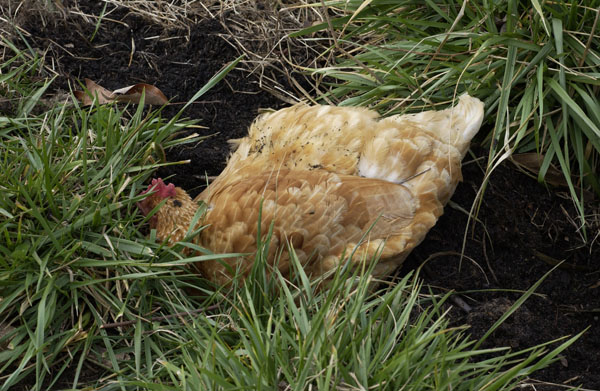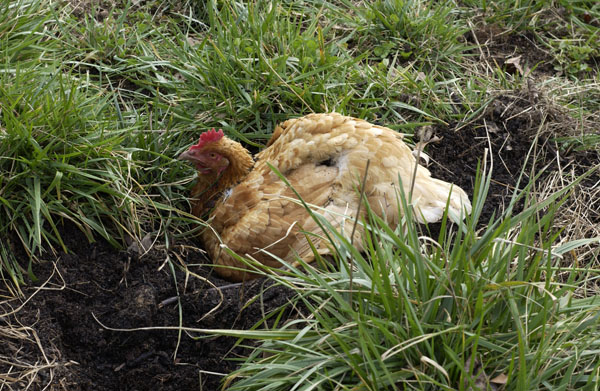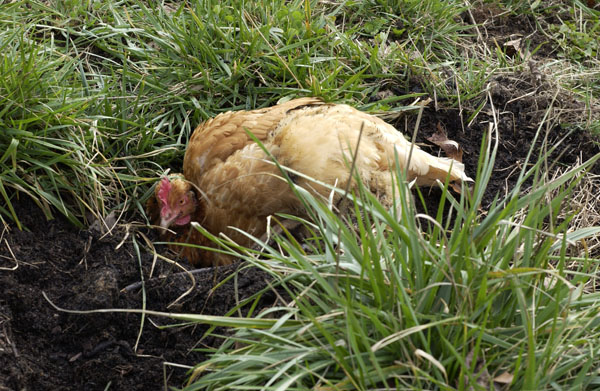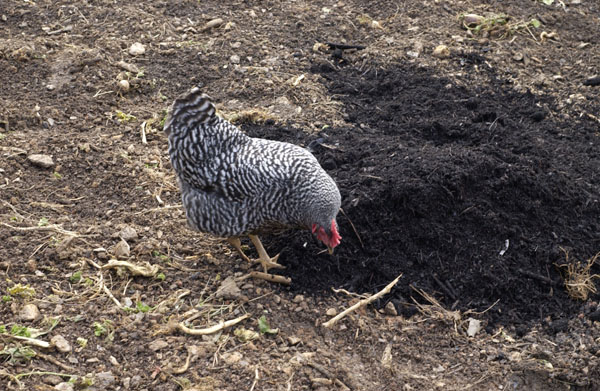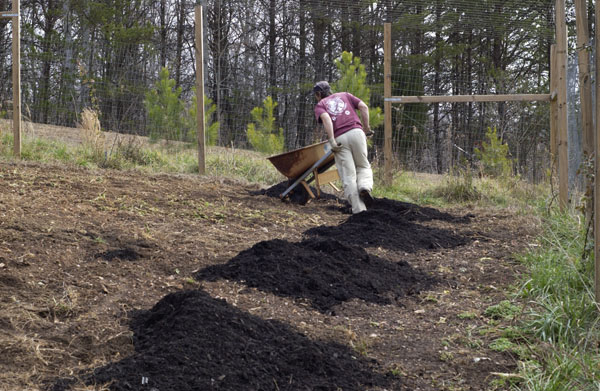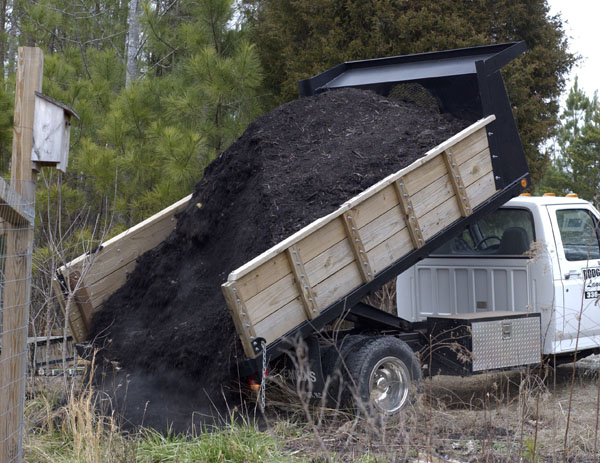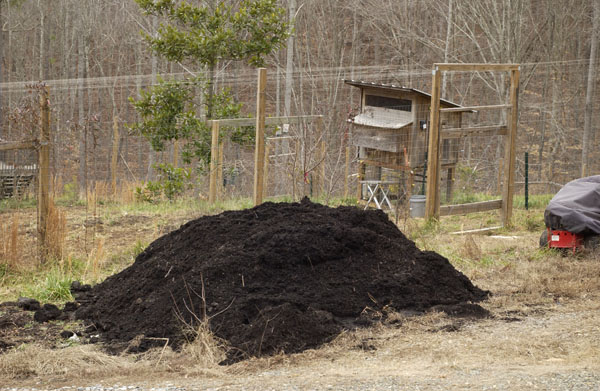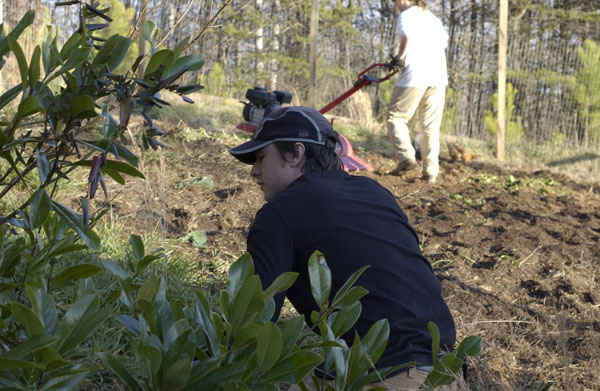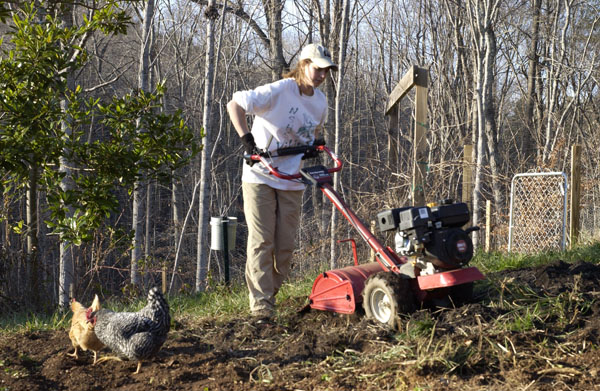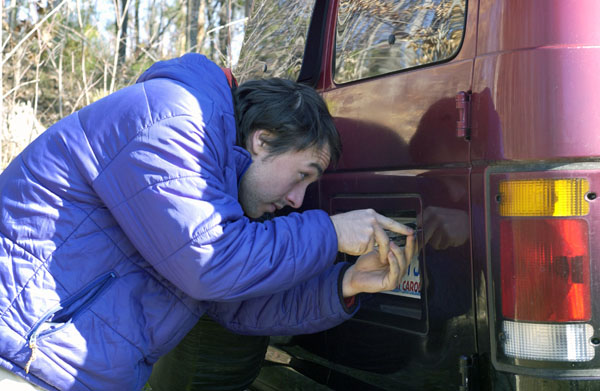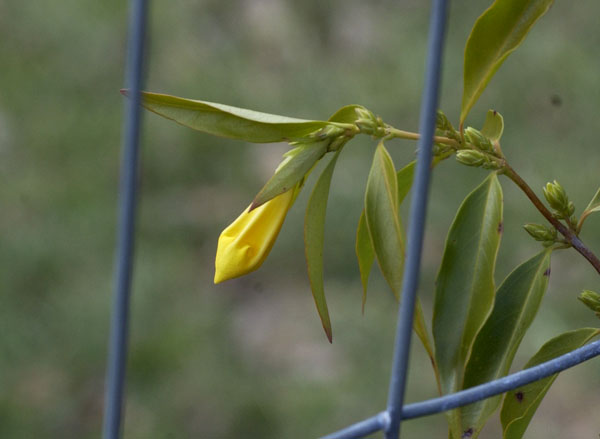Right-wing state legislatures all over the country are bending over backwards to sell out taxpayers and give greedy corporations anything they want.
The Raleigh News & Observer has a story this morning about new regulations rammed through the North Carolina General Assembly that allow billboard owners to cut down more state-owned trees. The same thing has been going on in Georgia. No doubt this is happening in other states as well.
Most Americans have no idea that our laws are rarely written by legislators. Rather, lobbyists and corporations write the legislation, and legislators line up at the troughs to sponsor the legislation in exchange for fat donations. The billboard legislation — like anti-union legislation and other giveaways to private interests — is part of a coordinated push by corporations to get their legislation passed by right-wing state legislatures all over the country. It’s no different, of course, in the U.S. Congress.
The billboard themselves are bad enough. But destroying public property — living trees — to make billboards more visible ought to be a crime. Instead, new laws freely give away taxpayer-owned trees to be cut down. To right-wingers eager to drag us peasants back to the dark ages and to enrich corporations at taxpayer expense, that’s not a crime. It’s progress.

